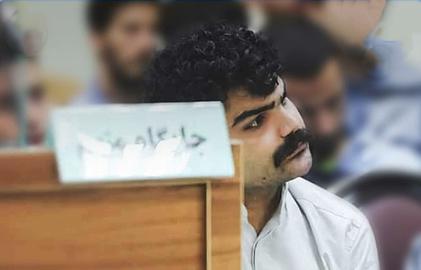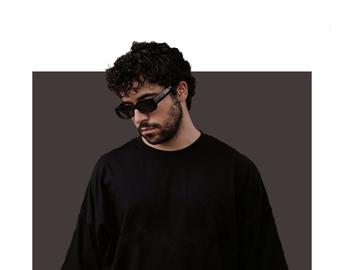In the dead of a cold December night in 2011, the street artist Black Hand scaled the walls of Tehran’s House of Cinema and dipped a brush into a buck of white paint. By morning, when residents of central Tehran awoke and began bustling around the neighborhood, the building was covered in white doves. Then president Mahmoud Ahmadinejad had shut down the country’s official cinema organisation, and Black Hand’s doves articulated a potent message of protest.
The doves, gliding in flight, drew the attention of passers-by, and marked a then rare moment in Iranian public life: an opportunity to push back against regime censorship, to express on the city’s physical canvas young Iranians’ frustration with mounting economic pressures and social restrictions.
Since Black Hand’s debut, politically conscious street in Iran has flourished, channeling the energy and spirit of dissent that once propelled the country’s underground rock and rap movement, and offering young people a new outlet to express their disillusionment with the Islamic authorities in the wake of the 2009 Green Movement crackdown.
Tehran’s active street artists now number more than 20, and they are covering Tehran’s metro stations, walls, and decaying buildings with experimental and artistic tags. Their work, ranging from conventional graffiti bubble letters to sly pronouncements and bold, colorful murals, is becoming part of the city’s landscape, an urban culture of protest that more and more Iranians are learning to appreciate.
With pseudonyms such as Nafir (roughly “clarion”), FM, and Pen Wielder, their work grapples with a host of social ills, from child labor to state discrimination against women and gays, and their tone ranges from the satirical to the downright revolutionary. Some clearly see themselves as inheritors of a Western street art tradition preoccupied with pushing artistic boundaries and notions of modernism in art, while many seem to view street art as a fast, easy means to expressing dissent that can find no other platform.
City authorities have denounced street art as “destruction of public property,” and view street artists as vandals with subversive motives, painting over their graffiti within days and often then blanketing the same space with hardline slogans.
In the recent months some active street artists have discarded metaphorical work and are moving toward candid expression more in the spirit of politically spirited street art.
Black Hand remains at the forefront of the movement, with an intellectually and aesthetically sophisticated range of work that challenges both underground art pretensions and the government’s strict social codes.
His latest work, which remained on a wall along the major thoroughfare of Vali Asr Street for almost a week, explores new territory and has taken his audience and the Tehran art world by some surprise.
The mural depicts a bewildered woman wearing the jersey of the Iranian National Football Team but in full hejab, much like state television’s female presenters. She is wearing a pair of dish-washing gloves and instead of the World Cup is hoisting a bottle of dish-washing liquid aloft. It is a raw image that conveys a notion of mutual responsibility – both of citizen and state – for the woman’s state of degradation. It invokes the political and social background of the moment, the summer season that sees women targeted by morality patrols, banned from attending sporting events, but eager to participate in the World Cup excitement that ran high in Tehran.
The woman in Black Hand’s mural is crushed between her own impulse to participate in the world fervor of football, but also the state’s command that women must watch sports from the confines of their own homes, the domain where they are expected to preside as cleaners and baby producers. After a few days, city authorities scratched off the mural and sprayed the wall red.
A few days earlier Black Hand left a minimalist but more overtly political message on a wall: a YouTube URL for a video in which Revolutionary Guards Commander implicitly acknowledges intervening in the 2009 presidential election. Unlike ‘official’ graffiti, the message is not heavy-handed, just a calm nudge in favor of collective memory.
Black Hand’s subtlety carries a weight of its own, a moral-aesthetic contrast to the state’s heavy-handed slogans and propaganda. Recently, in response to city authorities stenciling cement walls with red -- to both undermine the visiblity of graffiti and make the cement look like brick, he sprayed the simple phrase: “I am suspicious of these bricks.”
visit the accountability section
In this section of Iran Wire, you can contact the officials and launch your campaign for various problems









































comments